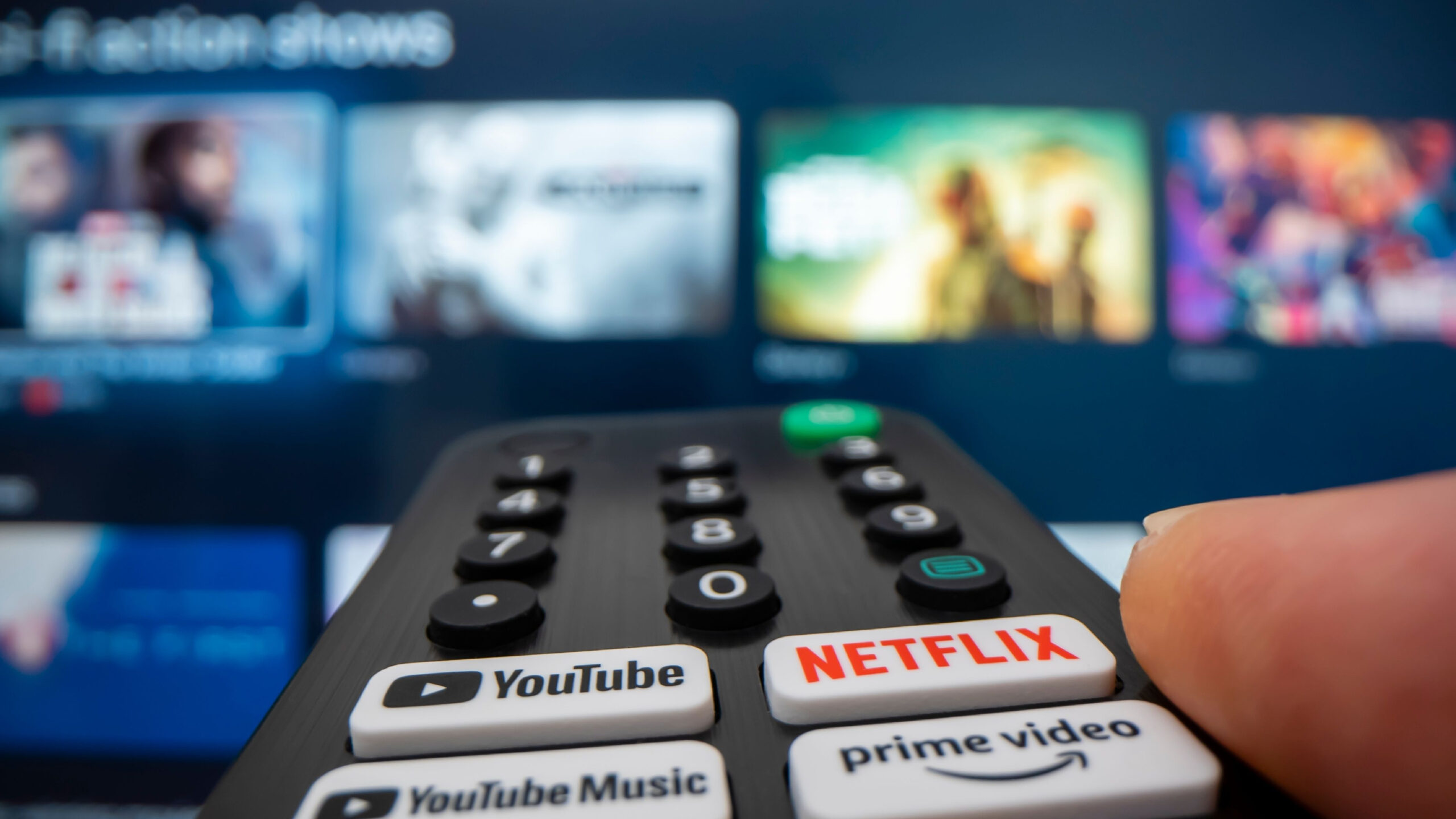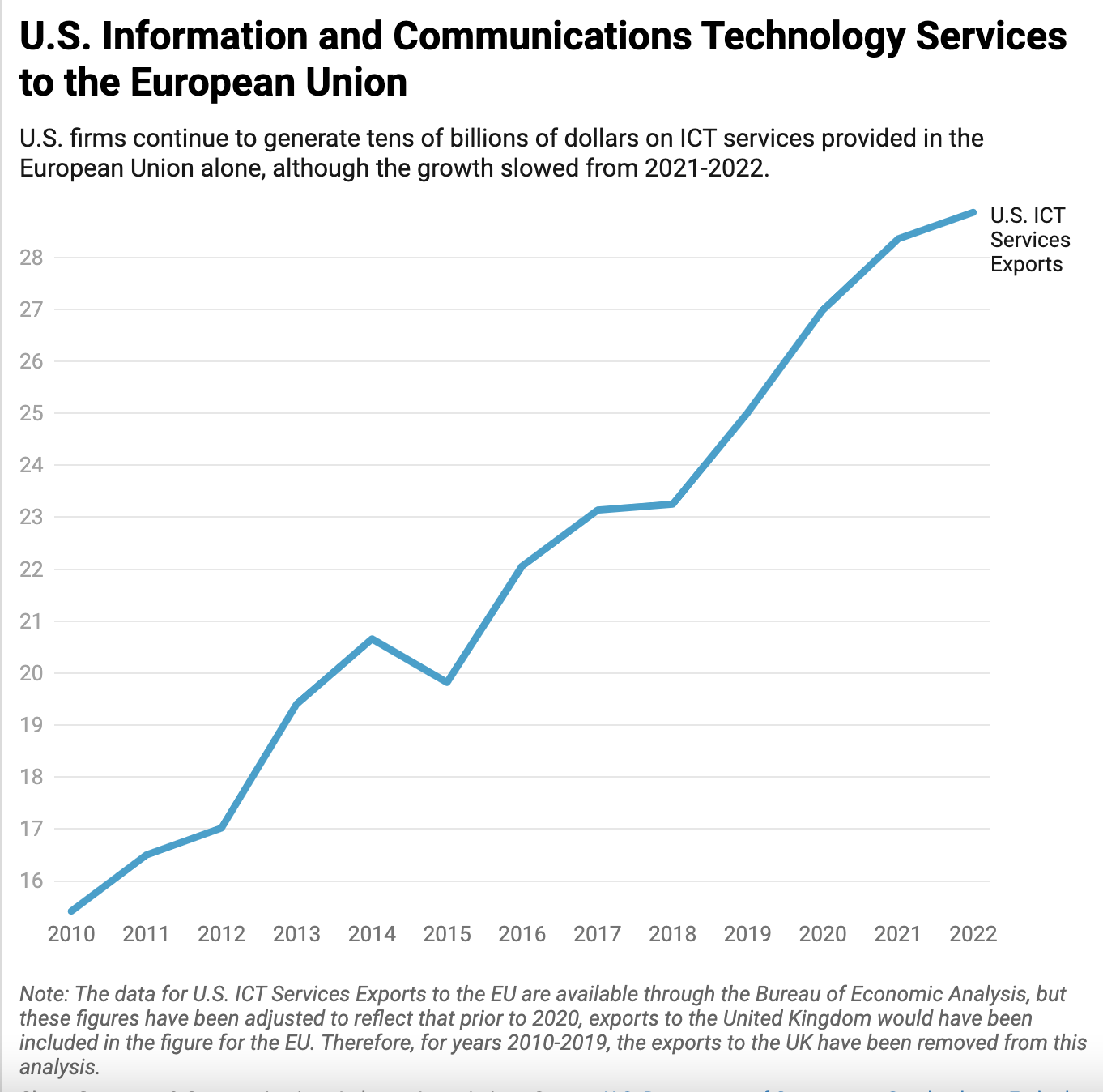Competition In Streaming Services Is Heating Up
Streaming has become the largest form of digital media consumption. Deloitte’s 2019 edition of its Digital Media Trends survey observed that a higher percentage of households currently subscribe to a streaming service than they do to traditional pay TV. Witnessing the success of initial video streaming services, existing networks, cable providers, and content owners are entering the arena. The number of streaming services continues to grow and competition is intensifying; the market is in the midst of an evolution.
This new wave of entrants has many concerned about the future of streaming services. Some say that the golden age of streaming, ushered in by the emergence of Netflix, Hulu, and Amazon Prime, may be coming to an end. However, whether this is truly the end of the golden age of streaming is yet to be determined. Firms such as Disney and Comcast are developing their own streaming services. Even those outside the conventional entertainment market are planning to create their own platforms. While more services may portend more original content, one consumer frustration is that, as studios confine content once licensed broadly solely to their own platforms, then viewers may be compelled to subscribe to an increasing number of services solely to access, at the least, the same amount of content.
Although at first glance, the second wave of entrants may seem to overload consumers with choices and decrease the quality of competition in the market, the issue is more nuanced. Comparing TV and movie streaming to a related field like music streaming, there is one key difference that greatly impacts what these services can offer: the licensing structure. Setting aside exclusivity contracts, songs are regularly licensed to be available on multiple services such as Apple Music and Spotify. This is typically not the case for streaming video services; content is often not hosted on more than one streaming service at the same time.
And when content is available from multiple services, distribution strategies often mean that the licensing terms for accessing that content may differ across platforms. For example, while YouTube TV may offer a movie for streaming with no additional charge beyond a YouTube TV subscription, that same movie may be found on Amazon Prime Video for rental or purchase. There are also properties that will soon be found on only one service, such as Disney announcing that Disney+ will become the exclusive home of Marvel content.
This licensing structure and the current state of the streaming market raise an important question: Will there be too many streaming platforms splitting consumers’ favorite shows and movies across four, five, or even six different subscription services, which may negatively impact their streaming experience? A recent poll from Morning Consult and The Hollywood Reporter suggests so. The polling data details that adults ages 35-49 spend almost 70% of their Netflix viewing time watching licensed content that isn’t a Netflix original, and subscribers ages 18-34 spend 75%. Morning Consult and THR also found that 49% of young viewers say they would cancel their Netflix subscription if the service were to lose The Office, Friends, Marvel movies, and other Disney content; 35% of young viewers say losing Marvel alone would be enough to get them to cancel.
This question partially overlooks the efforts by these streaming services to innovate and compete, however. The spike in new offerings may force consumers to deliberate more in choosing among the different services, but these efforts to innovate and compete will likely create an incredible wealth of content. Cable providers, networks, and large firms that own popular intellectual property are creating original content to expand their libraries. And this is regardless of whether they are taking licensed content back from competitors and exclusively hosting it on their own services. Due to these actions from new and emerging services, leading platforms are incentivized to create new programs and build new features to mitigate those losses and stay competitive. Plainly put, the market is currently experiencing a great deal of dynamism and that is evidenced by the growth in content and types of services offered.
In light of these developments, firms such as Netflix have bolstered their efforts to create original content. Beyond its library of original TV shows and movies, Netflix has also created multiple programs with interactive content, of which Black Mirror: Bandersnatch and Bear Grylls’ You vs. Wild are two examples. And it aims to create more. (Netflix’s success in interactive content sparked YouTube to develop its own interactive content as well.) Netflix is also going to E3 this year to discuss turning some of its TV shows into games. Amazon and Hulu have libraries of original content, both TV shows and movies, as well.
New and emerging firms have recognized the success of the market’s current leaders and are attempting to differentiate themselves from their competitors. Disney’s forthcoming streaming service, Disney+, aims to host its massive library of content but not engage heavily in creating additional content solely for the service. Disney+ will also make its entire library downloadable. In the transition from cable to streaming, some platforms, like Amazon Prime and Netflix, are also picking up previously canceled fan favorite shows to pull more consumers from their competitors. Services are also beginning to host a range of content extending beyond the standard TV and movie offerings. Disney’s ESPN+ will, as its name suggests, focus on sports. And beyond the normal range of superhero TV shows and movies, DC Universe contains a library of comic books, community forums for users to talk with each other, a character encyclopedia, and even a shop for merchandise.
Some services are attempting to innovate by adopting different business models. NBCUniversal’s service will be free to Comcast and Sky subscribers, supported only by advertising, but an ad-free version will also be available for a small fee. Those who aren’t customers of Comcast or Sky can still purchase a subscription separately. WarnerMedia, formerly known as Time Warner, which owns HBO and was recently acquired by AT&T, is also intensifying its efforts to compete. WarnerMedia head John Stankey emphasized the desire from both WarnerMedia and AT&T to see HBO compete more vigorously with other platforms: “As I step back and think about what’s unique about the brand and where it needs to go, there’s got to be a little more depth to it, there’s got to be more frequent engagement.” Stankey added that HBO must “build that brand so that it’s broad enough to make that happen.” (DisCo recently discussed in greater detail HBO’s efforts to compete with other platforms in the wake of the Game of Thrones series finale.)
As this is a highly competitive market in the midst of rapid change, it’s too early to declare definitively whether the market and consumers will be negatively affected by additional entrants. Disney recently brokered an agreement with Comcast to purchase NBCUniversal’s share of Hulu while preparing to launch Disney+, and more mergers and acquisitions could follow. Parent companies may also partner with subsidiaries to offer combined packages like what Disney is looking to do with Hulu, Disney+, and ESPN+. Two wholly separate firms may also partner in a similar manner to what Spotify and Hulu currently offer. Similarly to the cable TV market, bundles could start to emerge.
The market is seeing a boom in consumer interest, as more and more people are cutting the cord and looking to these streaming services to provide their entertainment. The cable bundle is in decline. Statistics show that cord-cutting nearly doubled from 2017-2018, and the recent Sky is Rising report details the growth and success of many streaming platforms in the entertainment market. Consumers are not on the verge of canceling their services outright but rather looking at the services they currently have, considering unsubscribing to some, and subscribing to others. In response to the rapid change to this market caused by new entrants, innovative content, and unique practices, a reevaluation of these streaming video subscription services is only natural.








